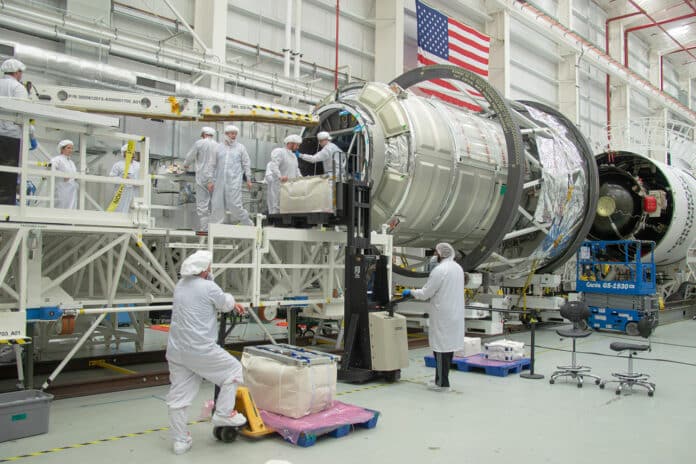NASA’s plan to send humans to the Moon and Mars would add another milestone for human space exploration. However, living on the moon or Mars is going to be a challenging task for humans. Among other things, they will require sustainable heating and air conditioning that can withstand extreme temperatures hundreds of degrees above or below what we experience on Earth.
Building these systems requires a deep understanding of how reduced gravity affects the boiling and condensation processes that are essential for all heating, ventilation, and air conditioning systems to function effectively in Earth’s gravity.
This is where a Purdue University experiment on the International Space Station comes in. The experiment called the Flow Boiling and Condensation Experiment (FBCE) aims to investigate how boiling and condensation work in reduced gravity.
The experiment arrived at the space station on August 4 via Northrop Grumman’s 19th commercial resupply services mission (NG-19) for NASA. The mission also carried a module for the second experiment of FBCE, which has been collecting data on the space station since August 2021.
The first experiment was finished last July, gathering data from a module of FBCE on the space station that measures the effects of reduced gravity on boiling. The second experiment will be conducted using the facility’s additional components that arrived with the NG-19 spacecraft. It will investigate how condensation works in a reduced-gravity environment.
These modules for FBCE will remain in orbit through 2025, allowing the fluid physics community at large to take advantage of this hardware.
Results from this investigation will support exploration on the moon or Mars and also help spacecraft to travel longer distances. The farther missions are from Earth will need spacecraft with innovative power and propulsion systems, such as ones that are nuclear thermal, or electric.
FBCE data will help improve important systems on spacecraft, including thermal control systems, thermal management in space vehicles and planetary habitats, heat pumps for humidity control of crew cabins and habitats, and storage and transfer of cryogenic liquid propellants. Moreover, it could help enable spacecraft to refuel in orbit by providing a scientific understanding of how reduced gravity affects the flow boiling behavior of the cryogenic liquids spacecraft use as propellant.
